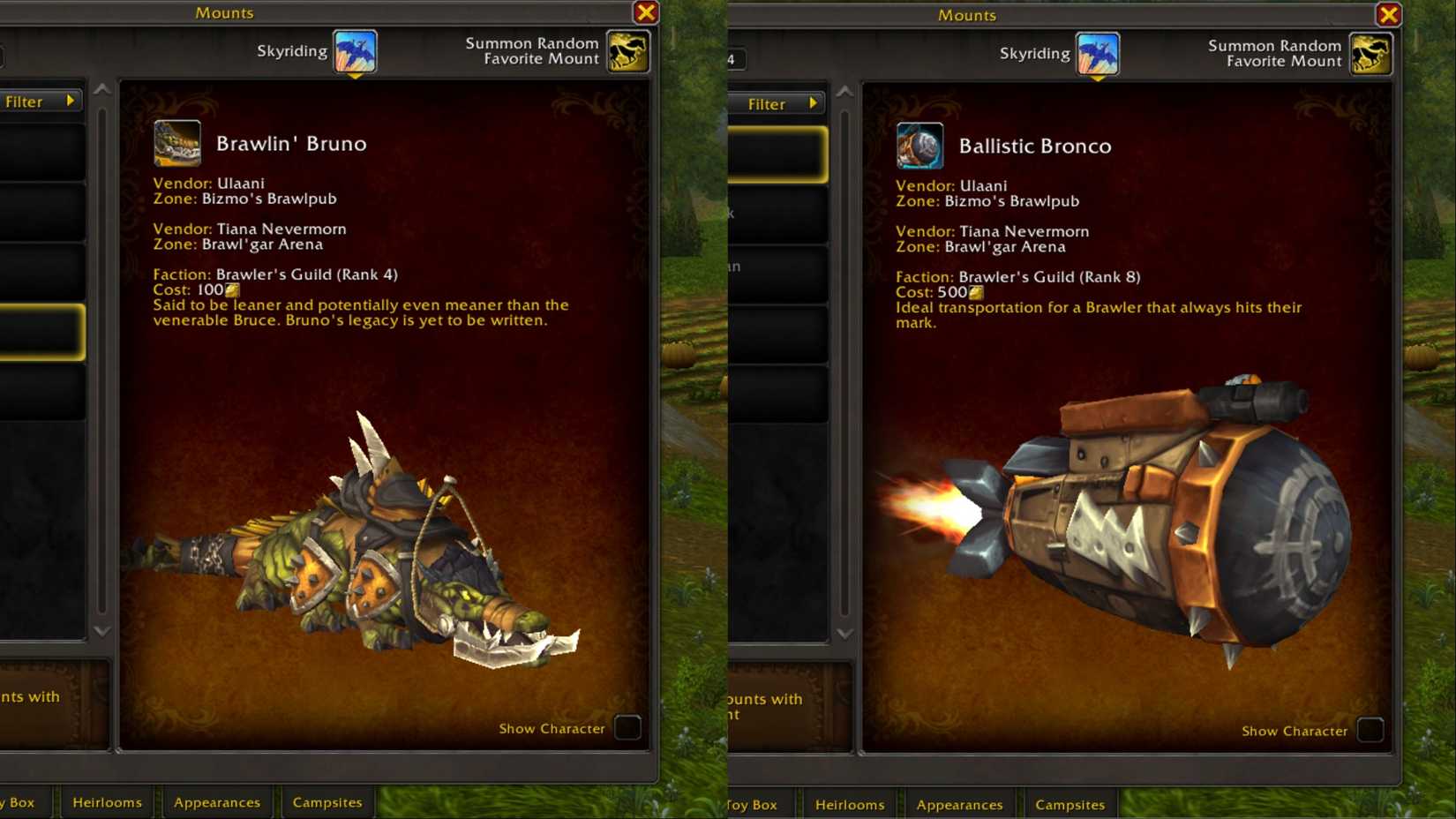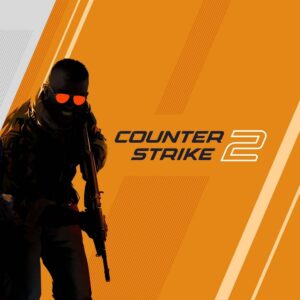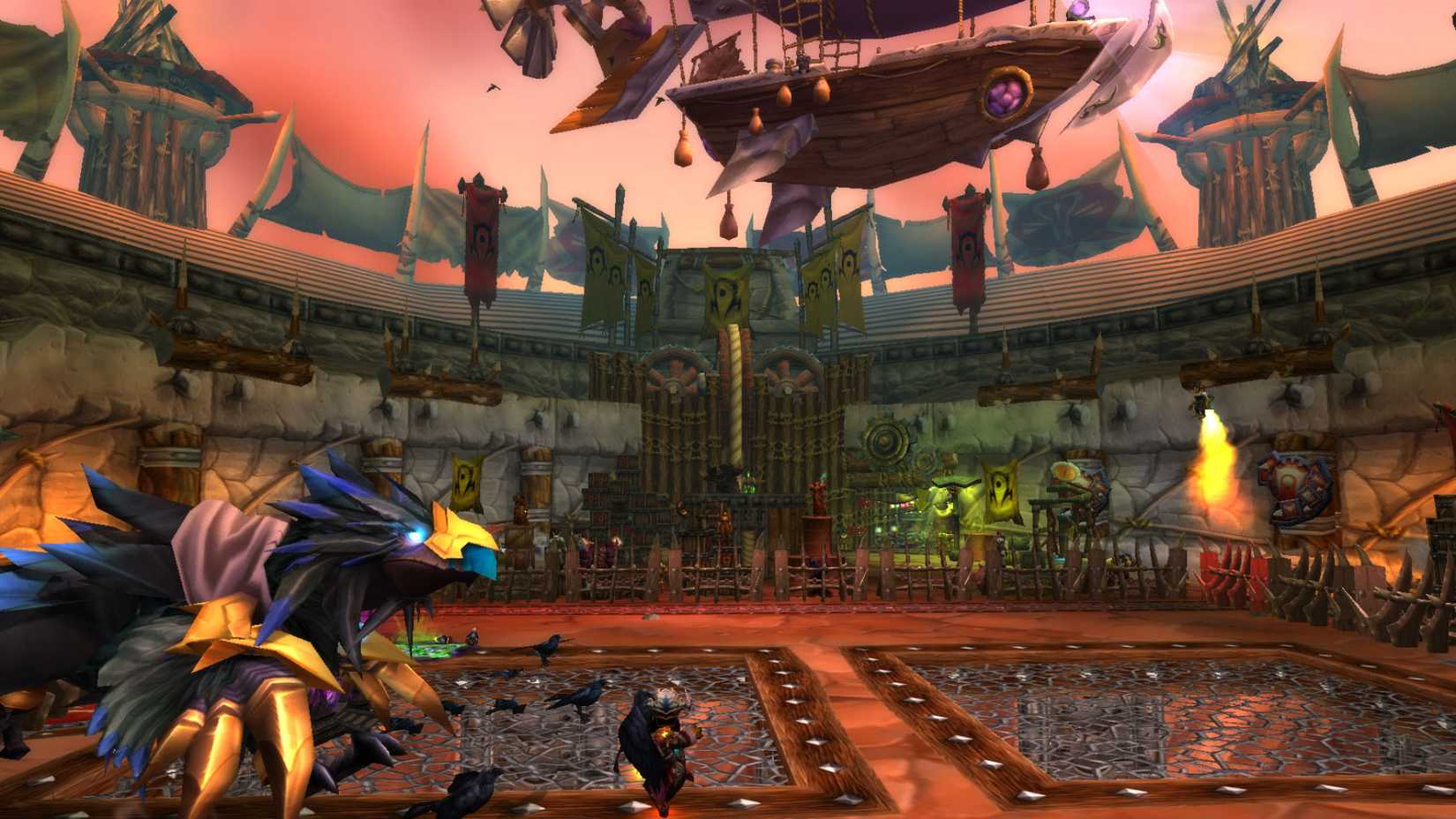The Addon Apocalypse: Blizzard’s ‘Midnight’ Expansion Kills Major Combat Mods and Reshapes High-End WoW Gameplay
Popular Now
 Garena Free Fire: Kalahari
Garena Free Fire: Kalahari
 Genshin Impact
Genshin Impact
 Minecraft
Minecraft
 BeamNG.drive
BeamNG.drive
 Free Fire Max
Free Fire Max
 Warframe
Warframe
 Counter-Strike 2
Counter-Strike 2
 PUBG Mobile
PUBG Mobile
 Valorant
Valorant
 EMI Calculator App & Loan EMI
EMI Calculator App & Loan EMI
 Industry Shockwaves: The Combat Addon Ban in World of Warcraft: Midnight
Industry Shockwaves: The Combat Addon Ban in World of Warcraft: Midnight
The landscape of competitive World of Warcraft is bracing for a monumental, and highly controversial, shift. Blizzard Entertainment has confirmed that its next expansion, World of Warcraft: Midnight, will severely restrict the functionality of the game’s most popular and long-standing combat-oriented add-ons, effectively making them obsolete for high-end play. This dramatic move targets tools like WeakAuras, Deadly Boss Mods (DBM), and BigWigs, which have been deemed essential for Mythic raiding and high-level Mythic+ dungeons for years.
The news, primarily emerging from the Midnight Alpha and interviews with Game Director Ion Hazzikostas, signifies a deliberate effort by Blizzard to reclaim control over encounter design and reduce what developers have termed the “arms race” between their design team and third-party mod creators. The core of the change involves disabling add-on access to real-time combat data and event tracking, the lifeblood of these powerful tools.
The Death of WeakAuras: An Ecosystem Collapses
Among the casualties, the restrictions placed on WeakAuras are arguably the most impactful. WeakAuras is not merely an add-on; it is a powerful, flexible framework that allows players to create custom visual and auditory alerts for almost anything in the game—from tracking complex class rotations to broadcasting specific boss mechanics. Its utility extends far beyond simple boss timers, effectively acting as a mini-development tool for millions of players. The community’s reliance on this tool has made it a central pillar of the MMORPG experience.
Recent reports from the add-on’s developers indicate that the API changes in Midnight are so pervasive that core functionalities, such as condition-based triggers and actions, will be rendered impossible. The developers of WeakAuras have already announced the difficult decision to discontinue development for the upcoming expansion, stating that a stripped-down version would be “barely recognizable” (Source: IGN). This development has sent a shockwave through the WoW Community, particularly among competitive players, healers who rely on highly customized unit frames, and players with accessibility needs.
Why the Ban? Reclaiming Encounter Design and Game Difficulty
Blizzard’s stated motivation for this radical overhaul centers on two primary goals: enhancing the base game’s experience and making high-end encounters genuinely challenging without third-party assistance. Game Director Ion Hazzikostas argued that the existing add-on ecosystem had forced the game design team into a perpetual cycle of designing increasingly complex mechanics merely to counter the automation and real-time problem-solving provided by mods.
The developers aim to shift the focus from a player’s ability to configure a complex add-on setup to their actual in-the-moment decision-making and reaction speed. The classic example cited is the “air horn” scenario: if the only way a player is alerted to a lethal mechanic is through an add-on’s loud, non-diegetic signal, the developers have fundamentally failed in their core game design (Source: IGN). By placing a ‘black box’ around real-time combat data, they intend to:
- Force Direct Player Agency: Decisions in combat must be made based on in-game visual and auditory cues, not pre-programmed add-on warnings.
- Level the Playing Field: Ensure that all players, regardless of their proficiency with complex add-on setup, start on a more equitable footing in raids and dungeons, fostering a fairer competitive gaming environment.
- Simplify the Entry Barrier: Reduce the overwhelming, often mandatory, requirement for new and casual players to spend hours configuring multiple add-ons just to participate in group content.
This is seen by many analysts as a strategic effort to modernize the game, possibly aligning the experience more closely with successful rivals in the digital entertainment space that thrive without heavy add-on reliance.
Blizzard’s Counter-Measures: Integrated UI and the Future of Combat Assistance
To mitigate the loss of essential functionality, Blizzard has committed to integrating key features of the most popular mods directly into the native UI. While many of these replacements are not yet fully available for testing in the Alpha, the roadmap includes several crucial additions:
Planned In-Game Features:
- Official Damage Meter: A built-in solution to track damage and healing, a feature currently dominated by add-ons like Details! (Source: PC Gamer).
- Enhanced Cooldown Manager: Customizable options to track and display critical abilities and procs, attempting to fill a major gap left by the death of custom WeakAuras.
- Improved Nameplates: Updates to provide clearer and more customizable information on enemy and friendly targets.
- Clearer Boss Mechanics: The underlying encounter design will be adjusted to feature clearer telegraphs, more visible hazardous effects, and group mechanics with slightly longer reaction windows to compensate for the lack of scripted alerts (Source: WowVendor).
However, a significant portion of the WoW Community remains skeptical. Critics argue that Blizzard’s internal UI team cannot possibly replicate the decades of iterative design, community contribution, and sheer depth offered by hundreds of independent add-on developers in the short time before the expansion launch. This “build later, break now” approach is viewed as a substantial risk that could lead to a large-scale exodus of the game’s veteran and competitive player base.
The Business Impact: From CPC Keywords to Player Retention
The fallout from this “addon apocalypse” extends into the economic and structural health of the game. For Blizzard, the goal is to create a cleaner, more accessible product, potentially appealing to a wider audience and simplifying future development. However, the immediate cost is a considerable amount of negative sentiment among the most invested users—the very players who often drive the content and enthusiasm around new releases. Player retention will be the ultimate metric for this controversial change.
From an advertiser’s perspective, this seismic shift impacts the value of WoW-related CPC keywords. The removal of mandatory third-party software may reduce search volume for specific add-on guides and configuration tips, but it will undoubtedly spike interest in “Official WoW UI” and “Midnight Gameplay Guide” content. Content creators and guide sites are already pivoting to cover the new baseline experience and what little remains of customizable tools.
Ultimately, World of Warcraft: Midnight is not just a new expansion; it is a fundamental re-imagining of how the game is played at its highest level. Whether this bold move fosters a healthier, more intuitive game or simply frustrates a dedicated player base remains one of the most compelling narratives in PC Gaming Gear and MMO Development today.
Disclaimer: This article is based on information available from the World of Warcraft: Midnight Alpha, developer interviews, and community reports as of the date of publication. Blizzard may adjust the API restrictions based on player feedback before the official launch.











